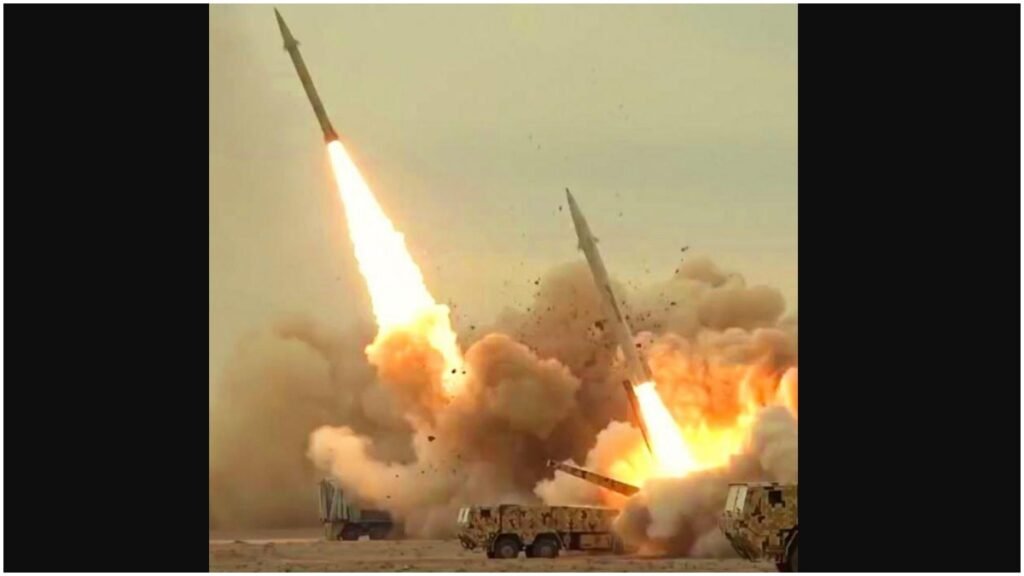The Middle East has witnessed a dramatic escalation in tensions as Iran continues launching missile attacks against Israel following recent U.S. strikes on Iranian nuclear facilities. The ongoing conflict has resulted in significant casualties and structural damage across multiple Israeli cities.
Recent Iranian Missile Attacks
Iran launched two volleys totaling 27 missiles on Sunday, targeting Israel’s main Ben Gurion airport near Tel Aviv, research facilities, and command centers. The missile barrage triggered air raid sirens across dozens of Israeli cities and towns, sending millions of residents into safe rooms and bomb shelters.
Over the past nine days, Iranian missile attacks have killed at least 24 people, marking one of the deadliest periods in the current escalation. The strikes have caused widespread destruction, with 240 residential buildings damaged, including more than 2,000 individual apartments.

Major Incidents and Casualties
Several high-profile incidents have highlighted the severity of Iranian missile capabilities. Be’er Sheva’s Soroka Medical Center suffered a direct hit during a recent barrage, with more than 70 people wounded and three seriously injured. The attack on a medical facility has drawn international condemnation and raised concerns about targeting civilian infrastructure.
In Bat Yam, central Israel, Maria Peshkuryova, 31, was identified as the last missing person whose body was recovered more than four days after an Iranian missile directly hit a residential building. The strike killed multiple residents, including 7-year-old Anastasia who had come to Israel for cancer treatment.
Defense Systems Under Pressure
Reports suggest Iran has started hitting Israel with modern missiles, potentially challenging the effectiveness of the Iron Dome defense system. The increased sophistication of Iranian missile technology appears to be creating gaps in Israel’s previously reliable defensive capabilities.
In northern Israel, Haifa was struck by Iranian missiles, resulting in 33 physical injuries with one person in serious condition and two in moderate condition. The geographic spread of attacks demonstrates Iran’s ability to target multiple regions simultaneously.
International Response and Nuclear Concerns
The escalation follows U.S. military strikes on Iranian nuclear facilities, which have added a nuclear dimension to the regional crisis. Saudi Arabia’s nuclear regulator confirmed no radioactive traces were detected in Gulf Arab states following the U.S. strikes on three Iranian nuclear facilities, providing some reassurance about environmental safety.
The international community is closely monitoring the situation as both sides continue exchanging fire. The targeting of civilian areas and critical infrastructure has raised humanitarian concerns and calls for de-escalation.
Impact on Daily Life
Israeli civilians are experiencing significant disruption to daily life, with frequent air raid sirens and emergency shelter protocols. The psychological impact of constant missile threats has affected millions of residents across the country.
Conclusion
The latest Iranian missile attacks represent a significant escalation in Middle East tensions, with advanced weaponry causing substantial casualties and infrastructure damage. As the international community seeks diplomatic solutions, the immediate focus remains on civilian protection and preventing further escalation of this dangerous conflict.
